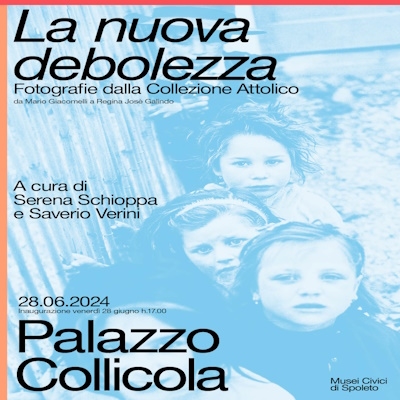Situated in south-western Umbria, Montecchio is a medieval hamlet set on the slopes of Monte Croce di Serra that looks down onto a section of the Tiber River Valley. The territory is covered in dense forests of incomparable beauty that are particularly appealing because of the uncontaminated woods where mother nature still reigns.
HISTORY
The hamlet, fortified by the Normans during the struggle against Spoleto, developed in the 12th century. The discovery of an extensive rock necropolis is testimony to an important Ancient Umbrian and Etruscan settlement. Montecchio's history reflects the alternating governments of neighbouring Baschi and Todi. At the end of the 15th century it was conquered by the Papal States that sold it in 1528 to the Atti Family, Lords of Todi. It has been an Italian Municipality since 1948.
ART, CULTURE, ENVIRONMENT
Of interest in the historical centre of Montecchio, rural fortified hamlet since the 11th century, are the castle; the ruins of the double city walls (the first from 1154, the second from 1190); the Porta, city gate and only entrance to the castle, formed by a round arch topped with a battlemented tower; and the parish church of Santa Maria, built before 1400. In the vicinity can be found the ruins of Castello di Carnano (15th century), possession of the Lords of Baschi, where some tracts of the town walls still remain. In Melezzole the medieval castle is worthy of a visit and the church of San Biagio (12th century), which is connected with Franciscan recollections; while in Tenaglie the Palazzo Ancajani (18th century) is notable for the Museo della Civiltà, Museum of Farm Life , and the Antiquarium Comunale, containing the findings from the Ancient Umbrian-Etruscan necropolis in Fosso S. Lorenzo, dated from the 6th and 4th centuries BC.
Of great historical interest is the Vallone S. Lorenzo archaeological-nature park (in the locality of Fosso S. Lorenzo) where a Ancient Umbrian-Etruscan necropolis of vast dimensions was discovered and that now can be visited thanks to a nature-archaeological itinerary. Almost 3,000 tombs and the nearby Tiber River, at that time navigable to the confluence of the Paglia River, led to the supposition that there once existed a very large trading centre where goods coming from Rome were exchanged between the Etruscan and Italic populations. The finds are on display in the Antiquarium Comunale in Tenaglie and the Archaeological Museum in Orvieto.
Montecchio is a member of the Oil Towns Association and the Etrusco Romani Wine Route.


























